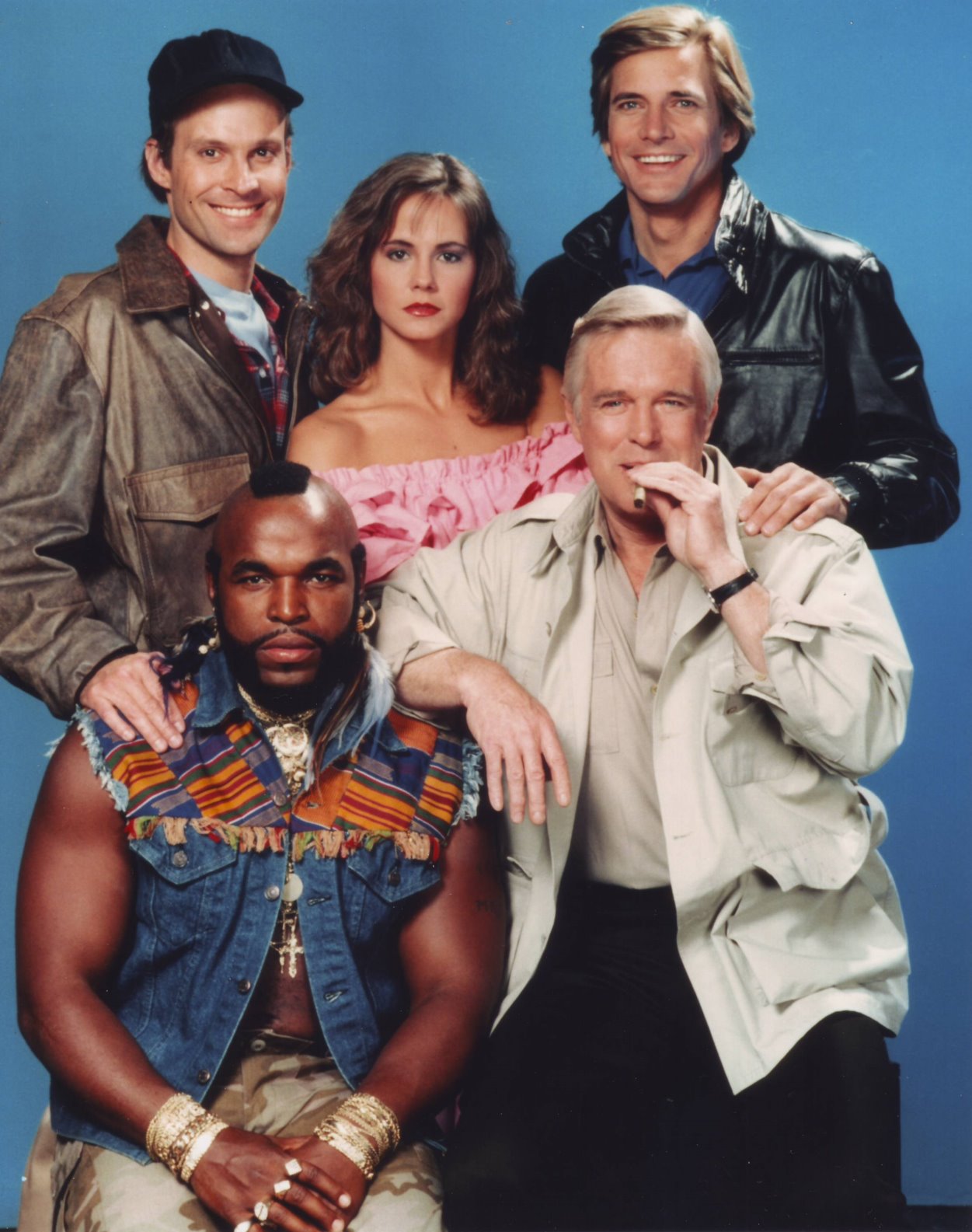The dynamics of competition in sports, business, and various forms of teamwork often revolve around the concept of "the other team." This term embodies the essence of rivalry, where the stakes are high, and every move is calculated. The other team represents not just an opponent but a critical factor influencing strategies, performances, and outcomes. Understanding the other team can mean the difference between victory and defeat, whether on the field, in the boardroom, or within any collaborative environment.
In examining the other team, we delve into various aspects, including their strengths, weaknesses, and the psychological battles that unfold during competition. As teams prepare to face off, the anticipation builds, often leading to intense scrutiny of the opposition. Fans, analysts, and participants alike are eager to dissect the other team’s strategies, player capabilities, and overall performance metrics, all in the name of gaining that competitive edge.
Ultimately, the other team serves as a catalyst for growth and improvement. In sports, the thrill of the game is amplified by the presence of a formidable opponent. In business, understanding the competition can lead to innovation and strategic repositioning. By analyzing the other team, we uncover valuable insights that not only enhance our understanding of rivalry but also provide a framework for success in various arenas.
What Defines the Other Team?
The other team is typically characterized by its unique attributes, including its playing style, strategy, and the skill set of its members. Each team has a distinct identity shaped by its history, culture, and the influence of its coaches and leadership. Recognizing these defining features is crucial for formulating effective tactics to counteract their advantages.
How Do Teams Analyze the Other Team?
Analysis of the other team involves a comprehensive approach, leveraging data and statistics. Teams often engage in the following methods:
- Video analysis of past games to identify patterns.
- Statistical evaluation of players’ performances.
- Scouting reports that provide insight into strategies.
- Simulation exercises to prepare for various scenarios.
What Role Does Psychology Play in Understanding the Other Team?
The psychological aspect of competing against the other team cannot be overlooked. Confidence, fear, and motivation are key factors that influence performance. Teams often employ strategies to instill a psychological advantage, such as:
- Mind games and trash talk to unsettle opponents.
- Positive reinforcement to boost team morale.
- Visualization techniques to prepare mentally for confrontations.
Who Are the Key Players in the Other Team?
Identifying the key players in the other team is essential for understanding its strengths and weaknesses. These individuals often have the greatest influence on the game, whether through scoring, defense, or leadership. Knowing their capabilities allows teams to devise targeted strategies during competition.
What Are the Historical Rivalries Involving the Other Team?
Throughout history, many teams have developed fierce rivalries that shape their identities. These rivalries often lead to memorable matchups and heightened emotions. Some notable rivalries include:
- Real Madrid vs. Barcelona - El Clásico in soccer.
- Yankees vs. Red Sox in Major League Baseball.
- Ohio State vs. Michigan in college football.
How Can Teams Prepare for the Other Team?
Preparation for facing the other team involves a multi-faceted approach, including physical training, strategic planning, and mental conditioning. Key preparation strategies include:
- Regular practice sessions mimicking the other team’s style.
- Team-building exercises to foster unity and resilience.
- Reviewing past performances against the other team for insights.
What Is the Impact of the Other Team on Team Culture?
The presence of the other team significantly influences a team's culture. The way players and coaches react to rivalry can shape their attitudes, work ethic, and overall cohesion. A strong rivalry can cultivate a fierce competitive spirit, while a poor response to competition can lead to discord and underperformance.
How Do Fans Perceive the Other Team?
Fan perceptions of the other team can vary widely, often shaped by historical context, media portrayal, and personal experiences. Fans may exhibit behaviors such as:
- Cheering passionately for their team while booing the other team.
- Engaging in banter and rivalry culture, enhancing the competitive atmosphere.
- Creating chants and merchandise that highlight the rivalry.
What Lessons Can Be Learned from Competing Against the Other Team?
Facing the other team offers invaluable lessons in resilience, strategic thinking, and teamwork. Teams often emerge from these encounters stronger and more unified, learning to navigate challenges effectively. Embracing competition as a learning opportunity can lead to growth and success in future endeavors.
In conclusion, understanding the other team is essential for success across various domains. Whether in sports, business, or any competitive environment, teams must analyze, prepare, and learn from their opposition to thrive. The other team is not merely an opponent; it is a vital component of the journey towards excellence.



